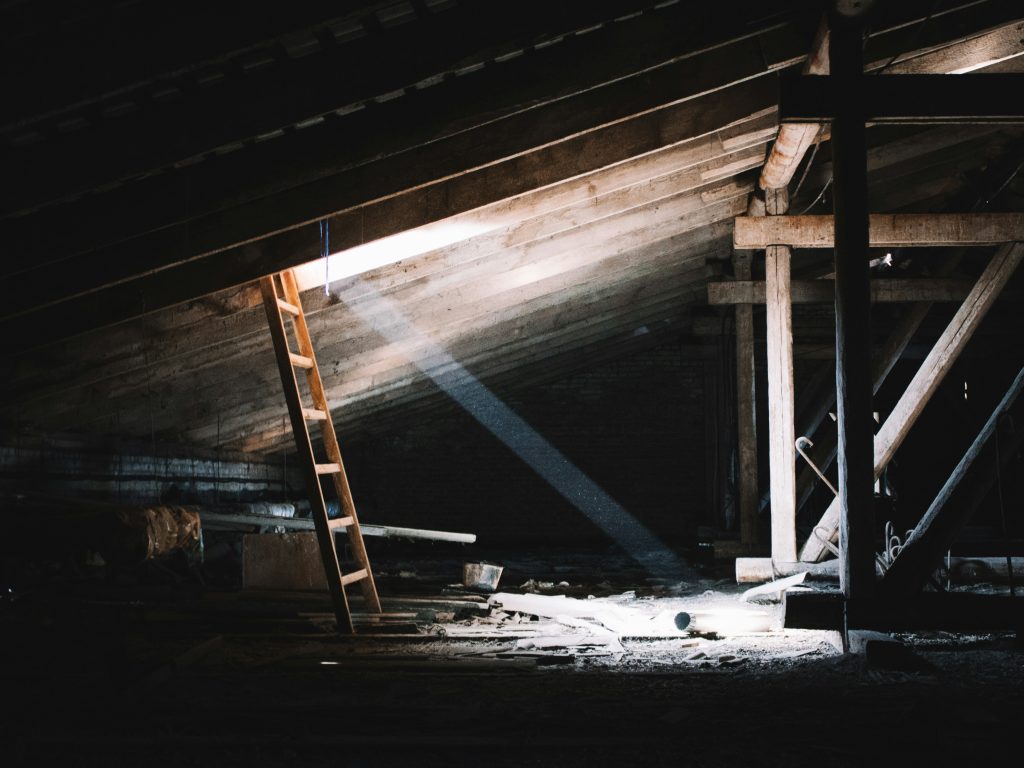Moisture, Clutter, and Cracks: Home Risk Factors That Invite Pests

Did you know that your home could be a five-star resort for pests? Discover the hidden risk factors that might be rolling out the welcome mat for unwanted guests. Maintaining a pest-free home is essential not only for comfort but also for health and property value. In this blog, we will explore three main risk factors: moisture, clutter, and cracks, and how they contribute to pest infestations.
The Role of Moisture in Attracting Pests
Understanding Moisture as a Magnet
Moisture creates an ideal environment for pests like termites, cockroaches, and rodents. These pests thrive in humid conditions, which provide them with the water they need to survive. Common sources of moisture include leaks, condensation, and poor drainage. For instance, a leaky pipe can create a breeding ground for cockroaches, while damp wood can attract termites.
Identifying Moisture Problems
Signs of moisture issues include water stains, mold growth, and musty odors. Regular inspections in high-risk areas such as kitchens, bathrooms, and basements are crucial. Look for visible signs of water damage and check for areas that feel damp or have a persistent musty smell.
Quick Fixes for Moisture Control
To control moisture, consider the following solutions:
-
Repair plumbing leaks promptly.
-
Seal windows and doors to prevent condensation.
-
Use dehumidifiers in areas prone to dampness.
-
Ensure proper drainage systems and clean gutters regularly.
Clutter: The Perfect Hiding Spots for Pests
How Clutter Creates Havens for Pests
Clutter provides shelter and nesting opportunities for pests. Piles of clothes, boxes, and other debris create dark, undisturbed areas where pests can thrive. Common clutter hotspots include attics, basements, and garages, where pests can find food and shelter.
Assessing Your Home for Clutter
To identify clutter, conduct visual inspections and create a decluttering plan. Look for areas that consistently collect items and assess whether those items are necessary. Keeping storage areas organized and clean is vital for pest prevention.
Strategies for Effective Decluttering
Implement these strategies to organize your spaces:
-
Use clear bins for storage and label them for easy identification.
-
Schedule regular clean-outs to maintain organization.
-
Keep frequently used items easily accessible while storing less-used items out of the way.
Cracks and Gaps: Entry Points for Pests
Understanding How Cracks Invite Pests
Small cracks and gaps in foundations, walls, and windows serve as entry points for pests. Ants, spiders, and rodents can easily exploit these vulnerabilities. Even tiny openings can allow pests to enter your home in search of food and shelter.
Identifying Vulnerable Areas
Key areas to inspect include:
-
Foundation cracks
-
Window frames
-
Door seals
-
Utility lines
Conduct seasonal inspections to catch new cracks early and address them promptly.
Effective Solutions for Sealing Cracks
To seal cracks effectively, consider using:
-
Caulk for small gaps around windows and doors.
-
Expanding foam sealants for larger openings.
-
Weather stripping to seal gaps around doors.
Regular maintenance is essential to prevent new gaps from forming.
The Interconnectedness of Moisture, Clutter, and Cracks
How These Factors Work Together
Moisture can lead to structural damage, creating more cracks, while clutter can trap moisture, exacerbating the problem. This interconnectedness emphasizes the importance of a holistic approach to pest prevention. By addressing all three factors, homeowners can significantly reduce the risk of infestations.
Building a Comprehensive Prevention Plan
To create a pest prevention checklist, include:
-
Regular moisture control measures.
-
A decluttering schedule.
-
Routine inspections for cracks and gaps.
Encourage proactive measures to protect your home from pests.
Conclusion
By addressing moisture, clutter, and cracks, you can reclaim your home from pests and enjoy peace of mind. Start today and take control of your living space! Maintaining a pest-free environment is crucial for your health, comfort, and property value.

